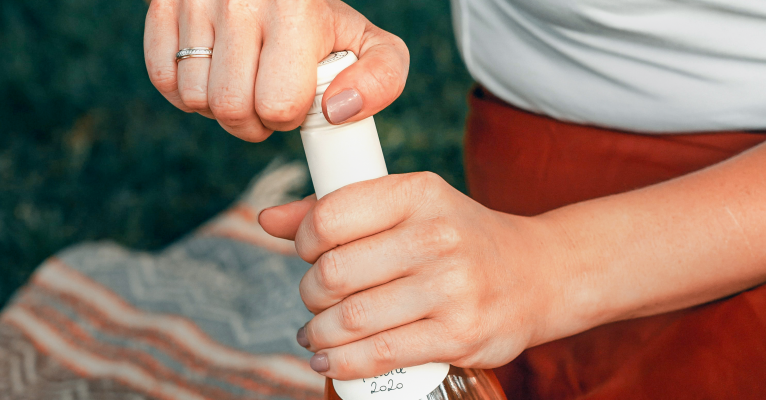Physical testing for quality assurance and customer satisfaction
Whatever the packaging solution it requires physical testing to ensuring that the contents are securely sealed from leakage and contamination, but easy to open for the consumer.
Quality control testing can be used in many areas of the production process. The starting point for most SMEs is commonly the closure, ie cork stoppers, screw-cap closures, and bottle caps.

Cork stoppers closure testing
Producers of cork (natural, synthetic or technical) need to tailor their stoppers according to the wines they will seal.
Getting the right coating for the cork is vital to its frictional properties when it's inserted into a bottle and later extracted by the consumer.
Torque testing industry guidelines for champagne corks are also in place to help producers verify the corks are not so tightly inserted they cannot be removed and, worse still, that they don’t pop out too easily and cause injury.

Screw-cap/ROPP closure testing
Wines sealed by screw-cap closures (eg ROPP - Roll On Pilfer Proof) are quality checked for the torque required to tightly close the bottle and then open by breaking the tamper-evident seal.
Manually operated torque meters are widely used in production areas to batch-check bottles regularly coming off the filling lines, or 'first-off' checking a new machine set-up on the filling line.
Automated torque testers provide extra repeatability and are often installed in QC laboratories for more in-depth testing.

Packaging and compression testing
The packing materials used to protect your product during transit are just as important as the product itself, ever more so as wine and spirits home delivery becomes more popular.
Top-load strength and compression testing of cardboard containers, and other innovations in protective packaging for bottles, can be carried out to understand the characteristics of the packing materials. For example standard tests include cardboard crush strength testing, such as edge crush testing (ECT) and box crush testing (BCT).
